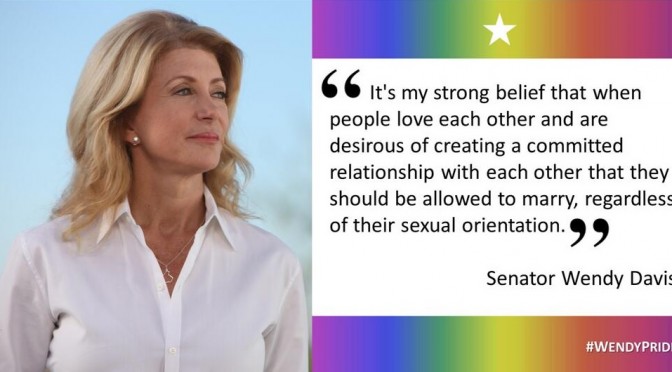A grand jury indicted Gov. Rick Perry on Friday on two felony counts, alleging he abused his power by threatening to veto funding for the state's anti-corruption … Continue Reading ››
Rick Perry Indicted On Felony Abuse of Power Counts
Some shocking late breaking news tonight, as a Grand Jury has accused Texas Governor Rick Perry of abusing his Gubernatorial Powers. Here's the story from the Texas Tribune...


